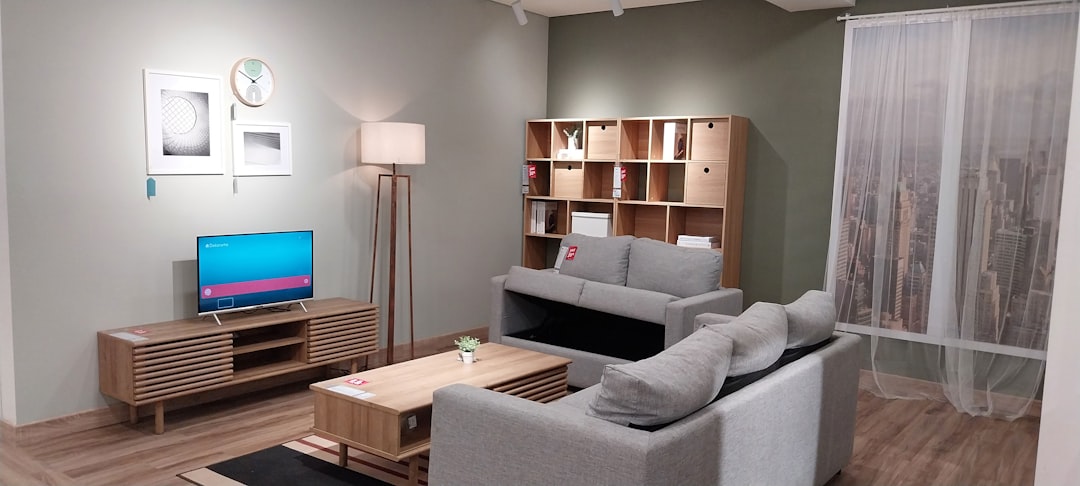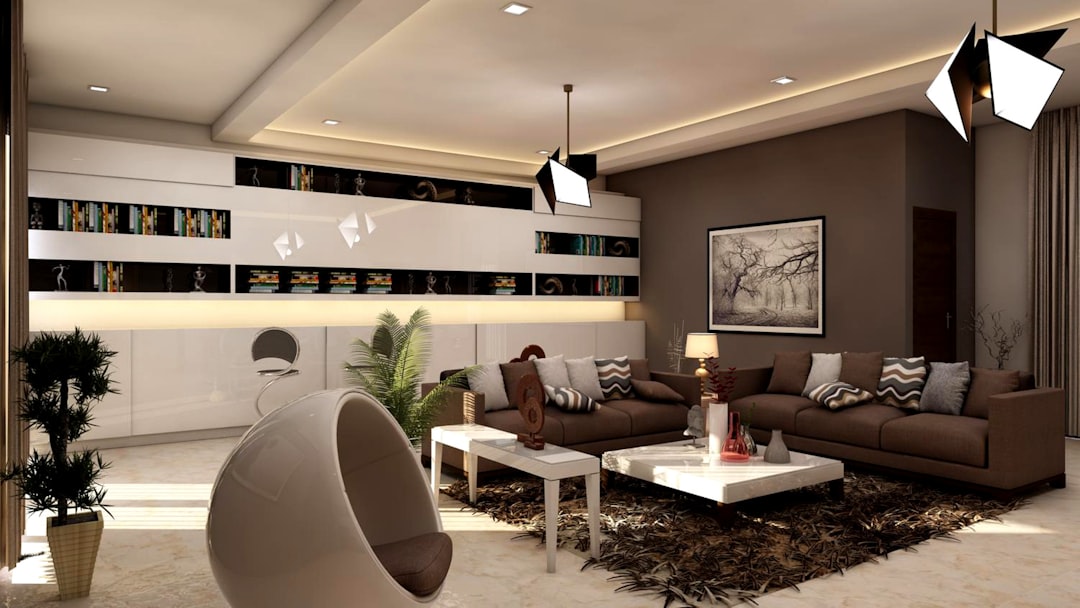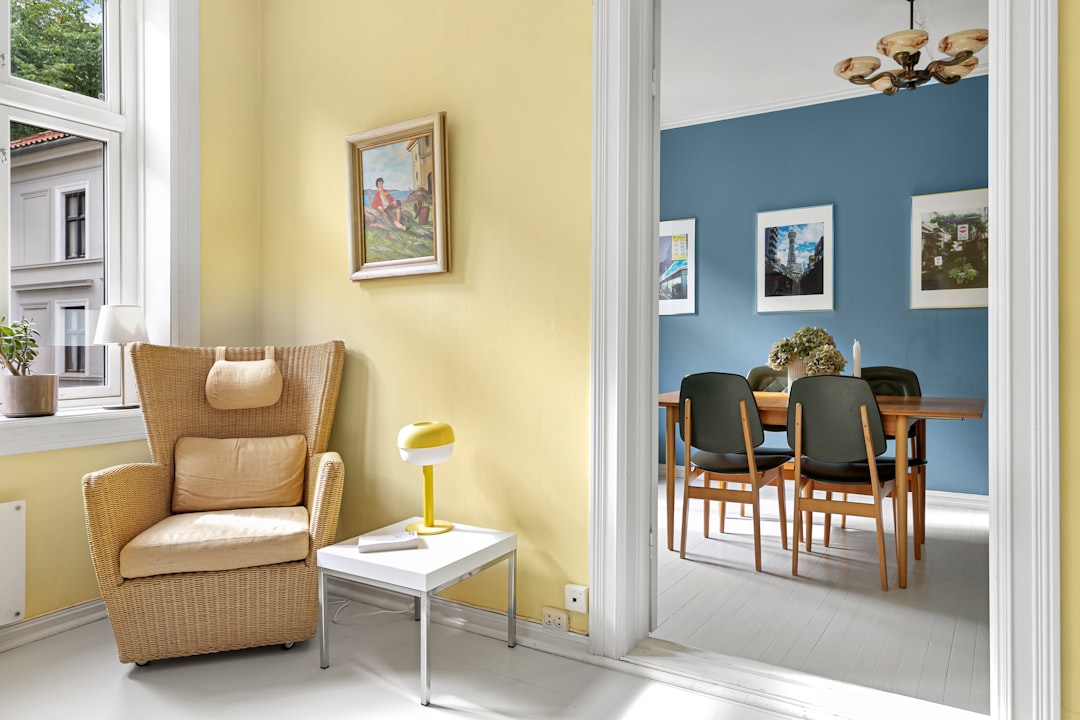

Engage prospects with a scan and streamline customer engagement with FREE QR code marketing tools by Sona – no strings attached!
Create a Free QR CodeFree consultation

No commitment

Engage prospects with a scan and streamline customer engagement with FREE QR code marketing tools by Sona – no strings attached!
Create a Free QR CodeFree consultation

No commitment
Home furnishing retailers consistently grapple with lost sales caused by incomplete follow-through: customers interact with beautiful showrooms yet vanish before making a decision or providing contact details. The problem is not a lack of interest but a lack of momentum at crucial moments. When shoppers delay a purchase to research at home, compare prices, or confirm fit and finish, stores lose visibility and the ability to guide next steps. Paper brochures, static price tags, and printed order slips rarely convert that interest into action. They produce little measurable data and offer no timely prompts when buyers are most receptive.
QR codes repair this break in the journey. A single scan can open rich product pages with real-life photos, trigger prefilled consult requests, launch AR visualizers to show scale in a room, or offer a limited-time discount that nudges a decision. Modern platforms such as Sona QR provide dynamic editing, analytics, and identity resolution, so every scan becomes not only a better customer experience but also a trackable signal that informs teams where to focus. The result is a showroom that behaves like a smart digital funnel: fewer walkaways, more qualified leads, and a clearer link between in-store engagement and revenue.
To address these gaps and drive better business results:
This guide is designed for growth marketers, operations leaders, and store owners who are replacing analog processes such as printed catalogs, manual sign-up sheets, and paper rebate forms with QR-enabled journeys. With the right workflows, QR codes make it easier for shoppers to act and for retailers to measure, attribute, and improve performance.

Home furnishing journeys weave between tactile discovery and digital research. Customers sit on sofas, compare fabrics, and assess finishes; then they go online to see dimensions, read reviews, and confirm delivery options. Without a simple way to connect these moments, stores lose the thread and prospects slip into anonymity. QR codes serve as a fast, familiar bridge, letting shoppers convert interest into action right from the aisle, the window, or a print piece at home.
QR codes also deliver a crucial data advantage. Each scan generates a signal that can be tied to a product, department, promotion, or time of day. With dynamic destinations and integrated analytics, retailers finally see which merchandising choices move buyers forward. Instead of broad discounting or guesswork, marketers can tailor messages by intent: a scan on a dining table display might trigger a care guide and bundle offer for chairs; a post-purchase scan might elevate accessories and protection plans.
Key reasons they matter:
In short, QR codes give home furnishing retailers a way to connect the showroom to the screen, reduce friction in buyer decisions, and measure what was previously unmeasurable. That combination leads to higher conversion rates and smarter allocation of marketing spend.

Home furnishing teams need flexibility. From product details to service scheduling to AR tools, the right QR format ensures the shopper lands exactly where they need to be. Selecting the proper type also influences how you track and adapt your campaigns.
Two broad categories matter most: static codes and dynamic codes. Static codes point to a fixed destination such as a PDF care guide; they are useful for content that rarely changes. Dynamic codes route through a QR platform like Sona QR and can be updated, tracked, and segmented post-print, which is critical for promotions, inventory shifts, and campaign testing.
Formats that consistently perform in this vertical:
With Sona QR, retailers can generate each format, manage destinations centrally, and see performance in one dashboard. That simplifies operations and unlocks agile merchandising and marketing campaigns.

Showroom journeys are rarely linear. Visitors drift through vignettes, touch fabrics, measure tables, then step away to think or consult a partner. Growth-minded retailers map these micro-moments and install QR codes where the next action is most likely, then test wording, placement, and creative to find the winners. The goal is to make it effortless for a shopper to progress, no matter where they are in their decision.
Prioritize placements that correlate with hesitation or high curiosity. If you see crowds around a sectional area but low conversions, add scan-to-reserve and AR codes to let shoppers lock in inventory and check fit at home. If stacks of catalogs go untouched, put a QR on the cover that opens a personalized lookbook or a design quiz, then retarget based on quiz results.
High-potential placements include:
By placing QR codes where customers decide, compare, and hesitate, stores transform passive touchpoints into measurable and actionable steps that raise the odds of conversion.

The most effective strategies tackle specific friction points: hesitation at the display, confusion about dimensions and fit, or lost intent once a shopper leaves. Use cases should align with buyer moments and connect to measurable outcomes such as consult bookings, cart starts, or closed sales.
Consider these high-impact applications:
By automating these interactions, high-value engagement signals surface before opportunities pass by. The store captures intent in real time, and associates spend more time closing and less time chasing cold leads.
Each QR code scan is a moment of intent. When retailers place unique codes across journey stages, they can translate those moments into meaningful segments for retargeting and nurture. Instead of blasting generic emails, teams target shoppers based on what they scanned, where they scanned it, and what action they took next.
For example, a weekday lunch-time scan on a financing offer suggests a practical buyer comparing budgets; a weekend scan on an AR visual for a sectional indicates an active room makeover. These distinct signals power different follow-ups: financing education in one case, a curated living room bundle with a limited-time incentive in the other.
Practical ways to segment:
Modern solutions make it possible to act on these segmented signals at scale. That means more relevant messaging, stronger conversion rates, and a growing base of known customers instead of anonymous foot traffic.
Home furnishing campaigns often span print catalogs, in-store displays, social content, and local advertising. Without a connective layer, performance is difficult to measure and interactions remain siloed. QR codes function as the connective tissue: they turn each offline impression into an online event that is attributable, actionable, and easy to optimize.
To maximize impact, align codes with the content and behavior expected in each channel. A catalog spread might drive to a collection lookbook with a design quiz; a showroom vignette might open an AR layout; a direct mailer could land on a localized promotion for a specific store with available inventory. Centralizing management through Sona QR ensures consistency, clear analytics, and faster iteration.
Examples that fit the home furnishing mix:
QR codes act as the offline onramp to your digital engine. With a centralized platform like Sona QR, teams can manage destinations, monitor performance, and route scan data into CRM and ad tools for coordinated follow-up.
Identify the precise point in your current workflow where high-value prospects are being missed or remain untracked. Common challenges include showroom browsers leaving without contact capture, delayed decisions on big-ticket items, or low adoption of loyalty and warranty registration.
Choose between static and dynamic based on how often the content changes and whether you need tracking, audience segmentation, and post-print updates. For most retail campaigns, dynamic is the default choice.
Design is more than aesthetics. It determines whether shoppers notice, trust, and scan your codes. Make the code visible, the benefit unmistakable, and the scan effortless.
Launch codes in zones most prone to abandoned interest or where research intensifies. Use heatmaps and foot-traffic data to prioritize the first wave of placements. Ensure each code is unique by location and purpose to enable attribution.
Treat your QR deployment like a digital campaign. Monitor performance daily or weekly, then adjust placements, CTAs, and destinations to compound gains. Share insights with merchandising and sales teams.

Most stores do not know which displays truly drive revenue or where shoppers drop out between interest and purchase. QR analytics solve this by recording scans, associating them with specific products and placements, and linking them to downstream outcomes such as consult completions and sales. With this visibility, decisions move from guesswork to evidence: teams fund what works and fix what does not.
Platforms like Sona QR and Sona.com convert scans into insights. They track the who, where, and when of engagement, then unify those events with website sessions, ad clicks, email interactions, and CRM records. This creates a complete picture from first showroom scan to closed sale, enabling marketing and sales teams to optimize budgets, content, and staffing.
Key capabilities to implement:
When teams instrument the full journey from scan to sale, they unlock continuous improvement. Every campaign becomes a controlled experiment, and the showroom becomes a measurable growth engine.
Once the initial deployments are in place, expand strategically. The most successful programs deepen coverage in high-performing areas, roll winning templates to new zones, and experiment with creative deployments that match how customers shop furniture: visually, collaboratively, and over multiple visits.
Focus on tips that fit your merchandising rhythm and physical media:
Retailers that adopt these practices see QR codes evolve from novelty to core infrastructure for engagement, attribution, and ongoing growth.
Real stores are already closing the offline to online gap with QR-enabled workflows. Their wins offer a blueprint for others.
Use these examples to inspire your next tests. Start with one high-traffic zone or a flagship product line, then expand as you gather proof of lift.
Success with QR codes is not just about printing and placing. It depends on the relevance of the destination, the clarity of the CTA, and the rigor of measurement. Avoid the most common pitfalls by treating QR like any other high-impact channel that deserves design standards, testing plans, and cross-team alignment.
Common mistakes to avoid:
Expert recommendations:
QR codes are reshaping the home furnishing customer journey by eliminating blind spots between in-store interest and digital follow-up. By making every surface into a potential engagement point, stores elevate the experience, converting overlooked moments into trackable, conversion-ready signals. The biggest gains come when QR engagement is connected to a living system of analytics and automation rather than left as a static tool.
A holistic QR strategy does more than enable smoother omnichannel interactions. It turns previously invisible interest into actionable insights, ensures valuable prospects are not lost to anonymity, and supports just-in-time offers that increase conversions and loyalty. With Sona QR to generate and manage codes, and Sona.com to attribute engagement to revenue, home furnishing retailers can bridge physical and digital with confidence, scale what works, and sustain growth through cycles and seasons. Start creating QR codes for free.
QR codes have transformed home furnishing stores from traditional showrooms into interactive, data-driven sales environments. Whether it’s enhancing customer acquisition, enriching in-store experiences, or providing instant product information, QR codes empower retailers to engage shoppers seamlessly while capturing actionable insights that drive conversions. Imagine customers scanning a code to instantly see styling tips, inventory availability, or exclusive offers—turning browsing into buying in real time.
With Sona QR, you can effortlessly create dynamic, trackable QR codes that update instantly without the need to reprint signage. Connect every scan directly to sales data, measure which campaigns resonate most, and tailor your marketing with precision. No more guesswork—just smarter strategies that boost revenue and customer satisfaction.
Start for free with Sona QR today and transform every scan in your home furnishing store into a meaningful connection and a measurable sale.
QR codes provide quick access to rich product details, AR visualizers, consult booking, and exclusive offers, enabling shoppers to easily convert interest into action and enhancing engagement throughout the buying journey.
QR codes bridge offline and online experiences, deliver dynamic content, provide valuable customer data, enable real-time updates without reprinting, improve conversion tracking, and reduce marketing costs by turning any surface into a measurable channel.
By reducing hesitation through scan-to-buy or reserve features, offering AR tools for fit and style confidence, enabling consult bookings, and capturing qualified leads for targeted follow-up, QR codes increase conversion rates and average order values.
Creative uses include placing QR codes on showroom vignettes to open AR visualizers, adding dynamic codes on price tags for care guides and bundle offers, enabling loyalty enrollment at checkout, and using window clings for after-hours appointment booking.
Stores can use QR codes to enable instant digital loyalty enrollment, store customer preferences, deliver personalized offers, and trigger automated follow-ups that nurture repeat purchases and ongoing engagement.
Dynamic QR codes are preferred for promotions, inventory updates, and tracking because they can be updated post-print, while static codes work well for evergreen content like care guides and assembly videos.
Placing QR codes at high-curiosity points such as showroom displays, price tags, checkout areas, exit signage, window clings, and on direct mail ensures they are accessible where customers decide and compare products.
Stores should track scan rates, landing page engagement, form completions, and conversion lifts, use unique codes per placement for attribution, and integrate scan data with CRM and POS systems for full-funnel insights.
Avoid small or poorly placed codes, generic landing pages, lack of unique codes and UTM parameters, and insufficient staff training on promoting QR scanning to customers.
Each scan captures intent signals that can be segmented by use case, location, and timing, allowing retailers to sync these segments with CRM and ad platforms to deliver personalized retargeting messages based on shopper behavior.
Use Sona QR's trackable codes to improve customer acquisition and engagement today.
Create Your FREE Trackable QR Code in SecondsJoin results-focused teams combining Sona Platform automation with advanced Google Ads strategies to scale lead generation

Connect your existing CRM

Free Account Enrichment

No setup fees
No commitment required

Free consultation

Get a custom Google Ads roadmap for your business






Launch campaigns that generate qualified leads in 30 days or less.
